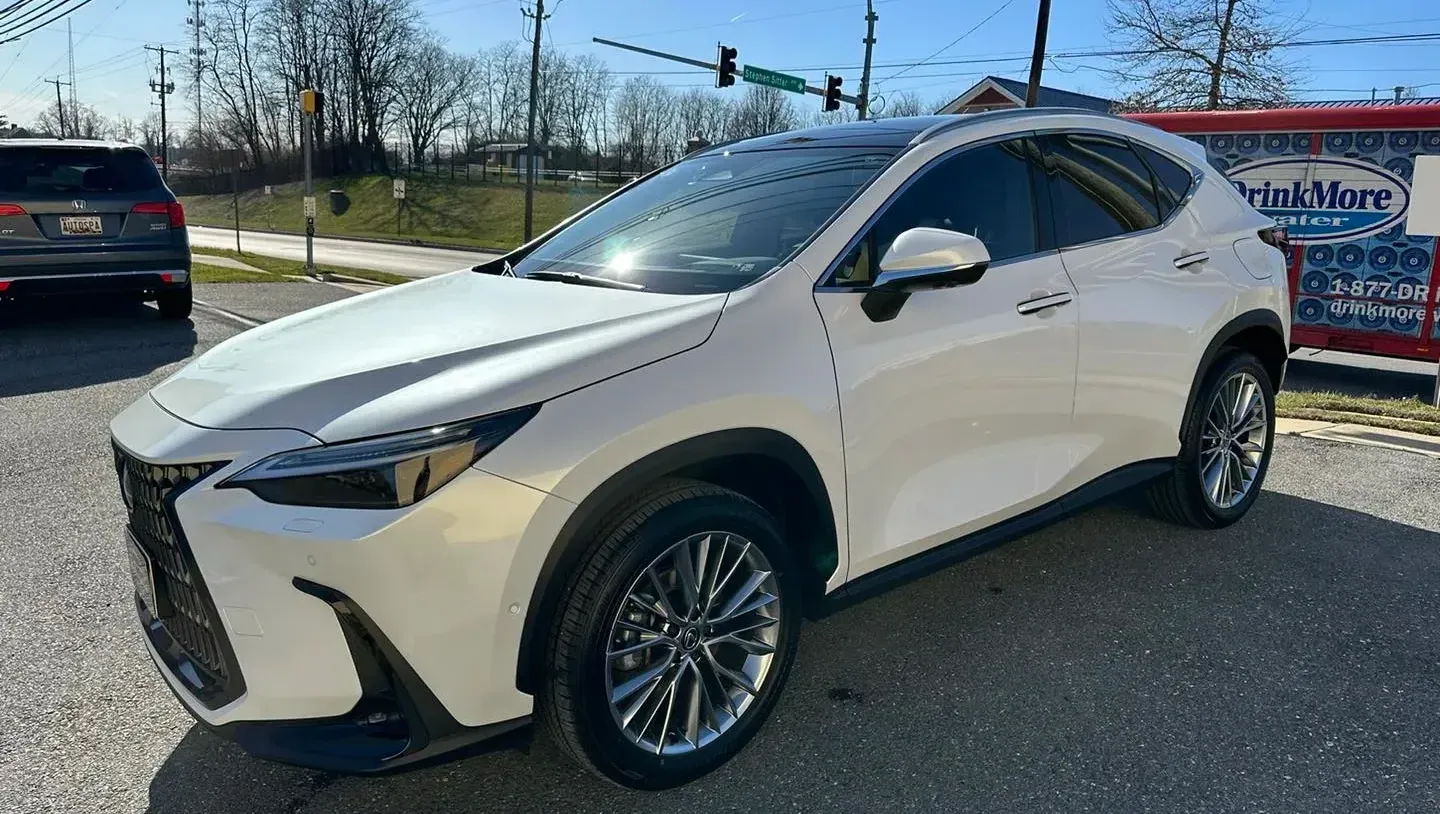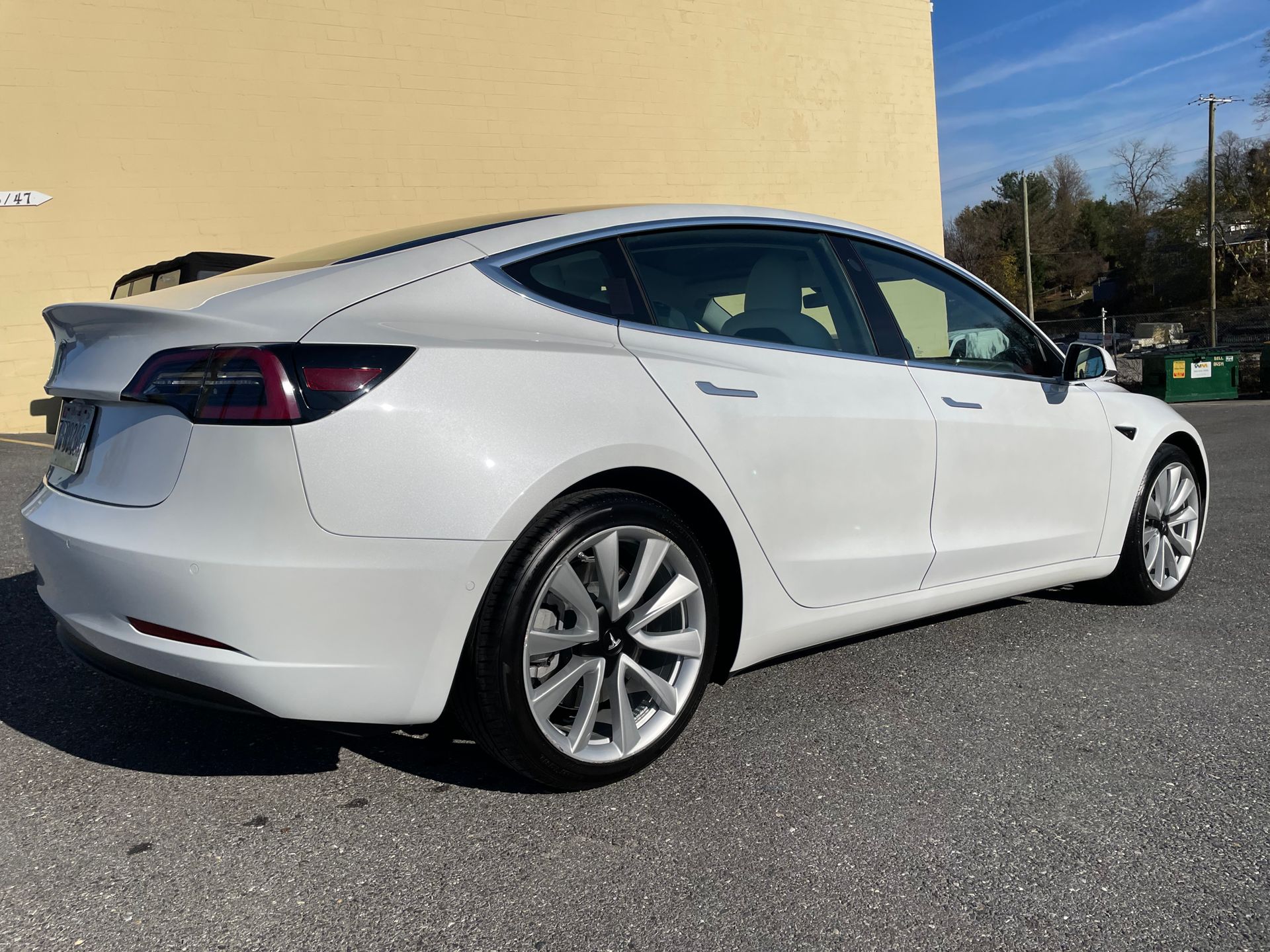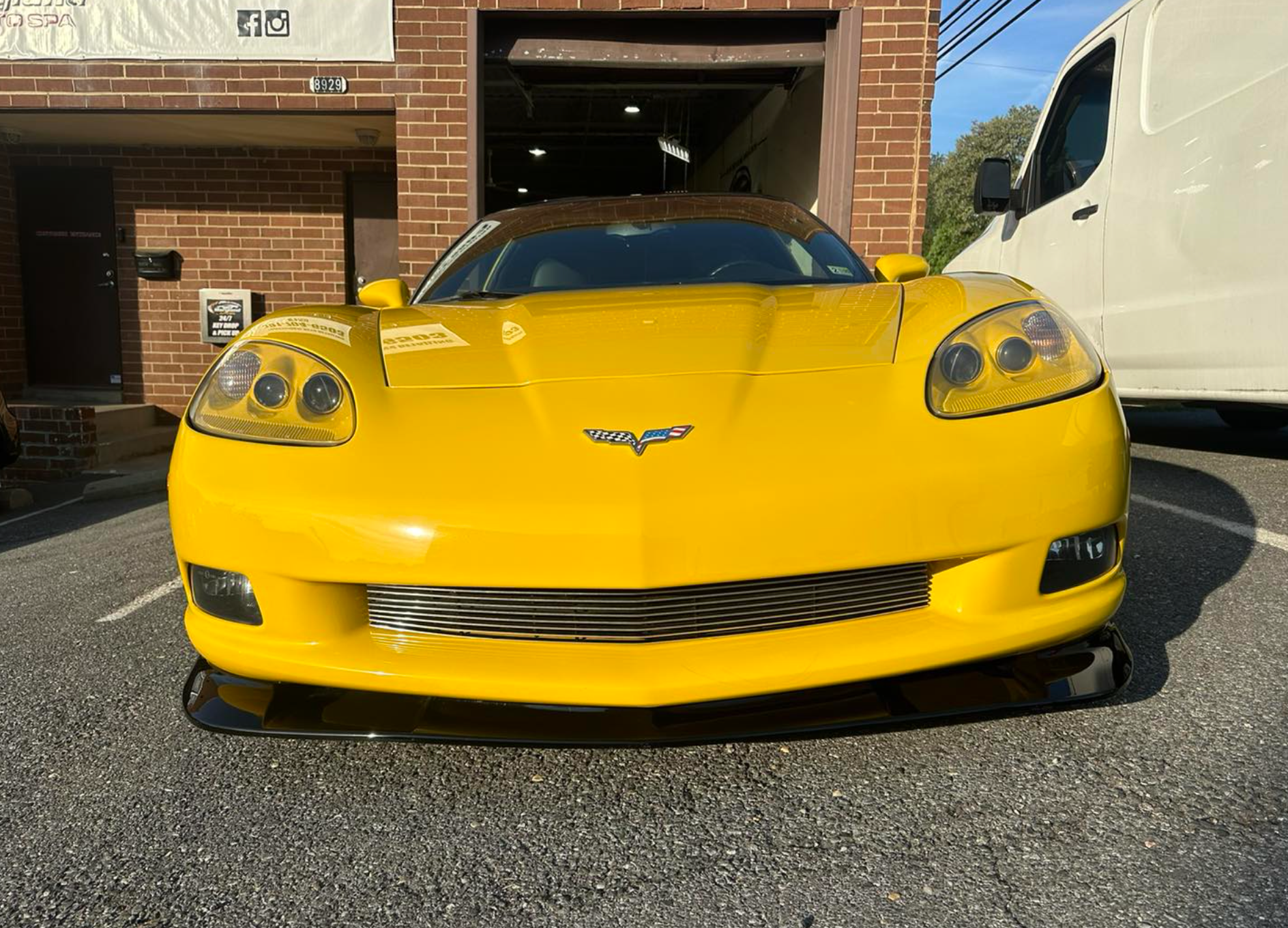How Long Does Ceramic Coating Take to Cure? A Step-by-Step Process
SCHEDULE ONLINE GET A FREE ESTIMATEThe journey from ceramic coating to complete curing typically spans from a few days to a couple of weeks. This period witnesses the initial evaporation of solvents within 24 to 48 hours, gradually evolving into a full hardening of the protective layer. But remember, this timeline isn't set in stone and can sway based on factors such as application thickness, coating type and the caprices of your local weather. Giving it the full time to cure ensures your car gets the shield it deserves, readying it for whatever lies down the road. In this blog post, we will be discussing how long does ceramic coating takes to cure!
Ceramic coating typically takes between 24 and 48 hours to initially cure, with a full cure occurring over several days to a few weeks. It's crucial to follow the recommended curing times and instructions to ensure the coating provides effective protection for your vehicle's paint. Rushing the curing process may result in less durable protection.
Timeline for Ceramic Coating to Cure
The application of ceramic coating marks the beginning of a crucial yet intriguing journey. Once applied, the coating undergoes a complex process known as "curing." This two-stage process involves the evaporation of solvents, followed by chemical cross-linking to form a hardened, protective layer.
The initial curing stage is critically important. This phase involves the evaporation of solvents and typically occurs within 24 to 48 hours after application. During this time, the coating starts to set and bond with the surface of the vehicle. However, achieving a full cure—the point at which the protective layer fully hardens—takes considerably longer, usually ranging from several days to a few weeks.
Several factors influence the duration of the curing process. Environmental conditions play a significant role, as temperature and humidity can impact how quickly the coating cures. Additionally, the type of coating used and its application thickness can affect the timeline for complete curing.
For instance, a ceramic coating product may have specific recommendations for curing based on different environmental conditions and application techniques. A thicker application of coating may require more time to reach its full cure compared to a lighter application.
Rushing the curing process can compromise the effectiveness of the coating. If not given sufficient time to cure, the protective properties may be diminished, leading to suboptimal performance in safeguarding your vehicle's paintwork from environmental contaminants.
Understanding this timeline is crucial for reaping the full benefits of ceramic coating and ensuring that your vehicle receives optimal protection against various environmental elements.
In weighing these critical details about ceramic coating's curing process, it becomes evident that multiple factors come into play. Let's now explore how specific conditions and choices can significantly influence the duration of this essential step in automotive care.
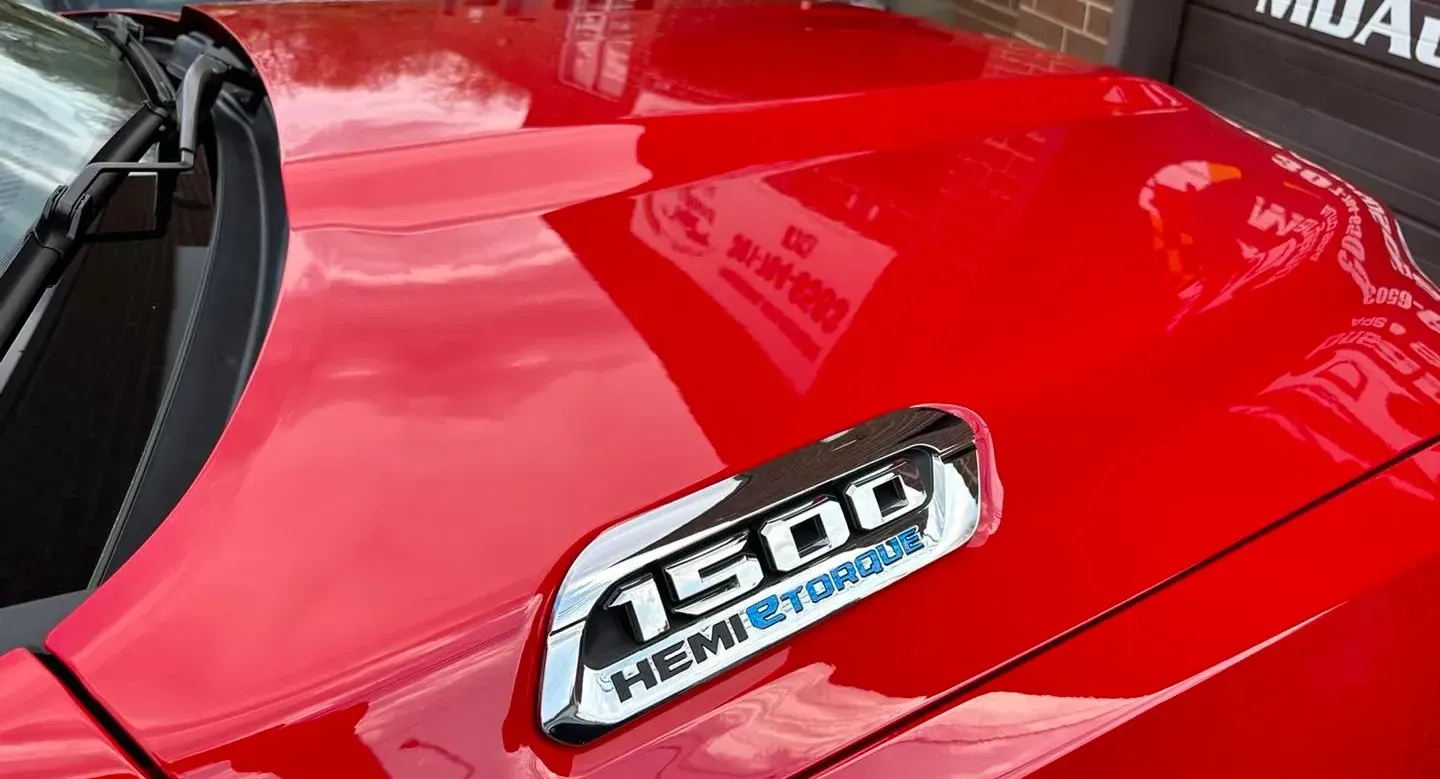
Factors Influencing Curing Duration
Environmental conditions have a significant impact on how quickly or slowly ceramic coatings cure. Temperature, humidity, and airflow all contribute to the overall curing process. Higher temperatures tend to expedite the curing process, whereas cooler temperatures can extend the duration. Lower levels of humidity speed up the process, while higher humidity levels can prolong it. Additionally, proper airflow is crucial for an efficient and effective curing process. Adequate ventilation helps the solvents in the coating evaporate more quickly, facilitating a faster cure.
Furthermore, the type of ceramic coating being used also significantly influences the curing time. Different coatings are formulated with varying compositions and chemical properties that directly impact their curing times. Some coatings are engineered for rapid curing, making them ideal for situations where time is of the essence. Conversely, other coatings may require a longer duration to achieve complete hardening.
In addition to environmental conditions and coating type, the application thickness plays a critical role in determining the curing time. A thicker application naturally needs more time to fully cure compared to a thinner layer. It's important to consider the recommended application thickness specified by the manufacturer for optimal curing results.
For example, imagine applying a thicker layer of paint to a wall versus a thinner one; the thicker layer will take considerably longer to dry and cure completely. Similarly, with ceramic coatings, the thickness of the applied layer directly impacts how long it takes to reach its full cured state.
Understanding these factors can help ensure that you take appropriate measures to optimize the curing process and achieve the best possible results from your ceramic coating application.
Ceramic Coating Curing Period, Post-Application Care and Precautions
The curing period after ceramic coating application allows the coating to bond with the vehicle surface and develop its protective properties. Following the manufacturer's guidelines for curing duration is critical for achieving the desired level of protection from environmental elements.
The curing period is like letting freshly poured concrete set; it needs time to harden and form a solid bond with the surface. Rushing this step can compromise the effectiveness of the ceramic coating, so it's essential to adhere strictly to the recommended curing duration. Once fully cured, the ceramic coating provides a durable shield against UV rays, oxidation, and environmental contaminants, keeping your vehicle looking pristine for an extended period of time.
After hours of precision and dedication in applying the ceramic coating, it's crucial to ensure that the coating has the best chance to cure thoroughly.
Avoiding Water Exposure
To allow the ceramic coating to fully cure, it's important to avoid exposure to water or moisture during the curing period. Think of it as giving the coating its space, letting it settle undisturbed so that it can do its job properly.
Water can be very resourceful at finding small cracks and openings. Even the tiniest pockets in the coating can be impacted if they come into contact with water before they're fully cured. So, no joyrides in the rain for your freshly coated vehicle!
Minimizing Contact
Just like a fresh coat of paint on a wall, minimizing handling or contact with the coated surfaces is crucial to preventing any disruptions to the delicate curing process. It's tempting to dive right back into your usual routine, but exercising patience now will pay off immensely in the long run.
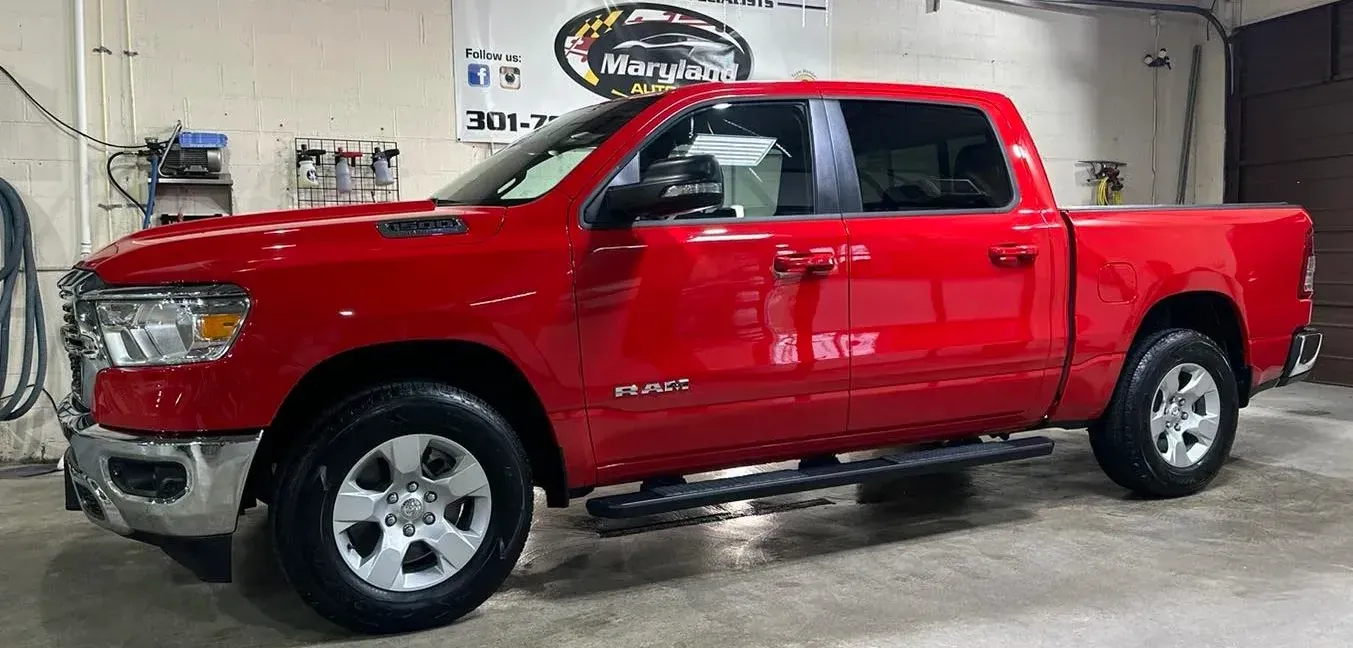
Following Manufacturer's Instructions
Adhering to the specific post-application guidelines provided by the ceramic coating manufacturer is not just recommended - it's crucial for ensuring a successful and durable cure. Each product may have different requirements due to variations in their chemical formulations, so following these instructions is essential for optimal results.
The success of your ceramic coating ultimately depends on how well you care for it during the critical curing period. By being vigilant and adhering to these post-application precautions diligently, you'll ensure that your investment in ceramic coating endures and continues to deliver exceptional protection for your vehicle.
In this high-stakes game of maintaining the utmost care for your ceramic-coated vehicle, understanding the ideal conditions for curing is paramount. Let's discuss now what those conditions entail.
Ideal Conditions for Curing Ceramic Coating
Creating the perfect environment for your ceramic coating to cure is crucial to ensuring optimal durability and shine. Let's explore how you can set the stage for a successful cure.
Controlled Environment
When it comes to curing ceramic coating, the environment plays a crucial role. Ideally, you want to apply the coating in a clean and controlled location, such as a professional auto detailing shop or a well-maintained garage. The temperature should be between 60°F and 80°F (15°C - 27°C) with low humidity levels. This ensures that the coating cures uniformly without being affected by extreme temperatures or moisture in the air.
Low humidity helps prevent moisture from interfering with the curing process, while a moderate temperature range promotes efficient curing without causing stress on the coating.
Avoiding Outdoor Exposure
It's essential to shield the vehicle from outdoor elements during the curing period. Exposing the freshly coated vehicle to rain, excessive heat or dust can compromise the quality of the curing process. While it may be tempting to bask in the sun or take a drive shortly after applying the coating, it's best to exercise patience and allow for an undisturbed curing phase.
Understanding these factors will ensure that your ceramic coating cures effectively, providing long-lasting protection and a stunning finish for your vehicle.
For more information about ceramic coating and detailed inquiries about our services, please contact us or call us at (301) 704-6503.

